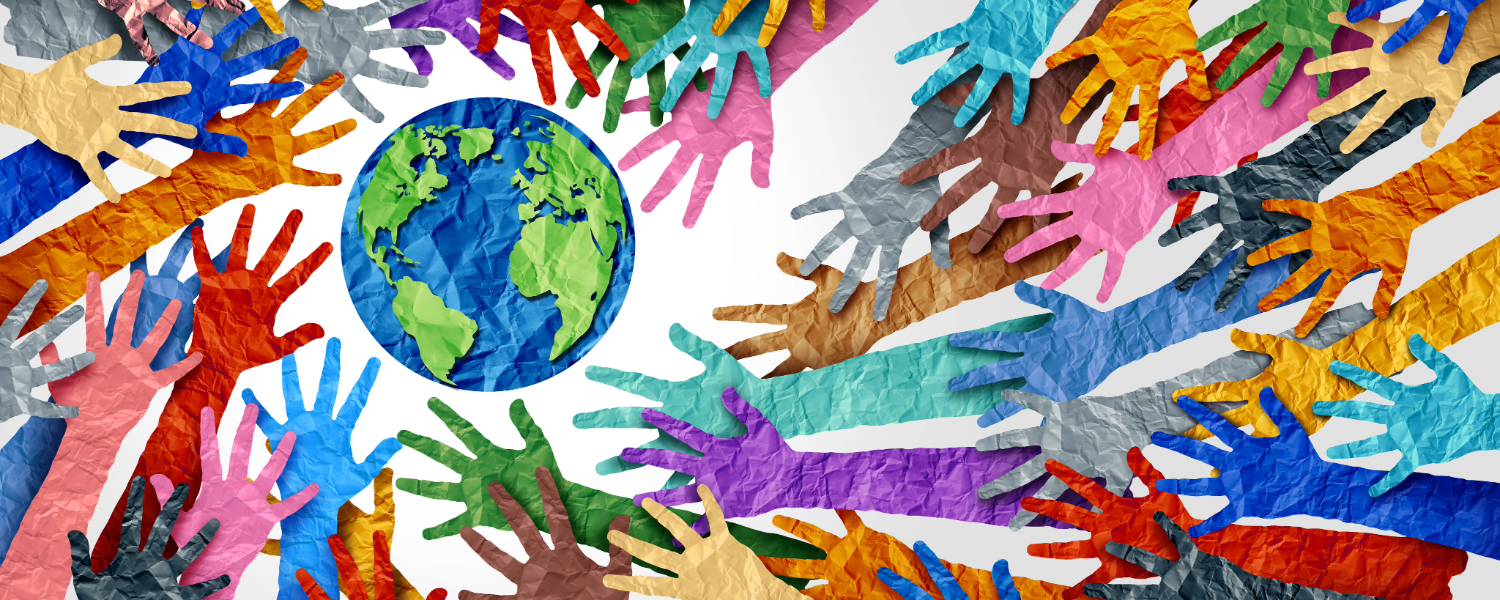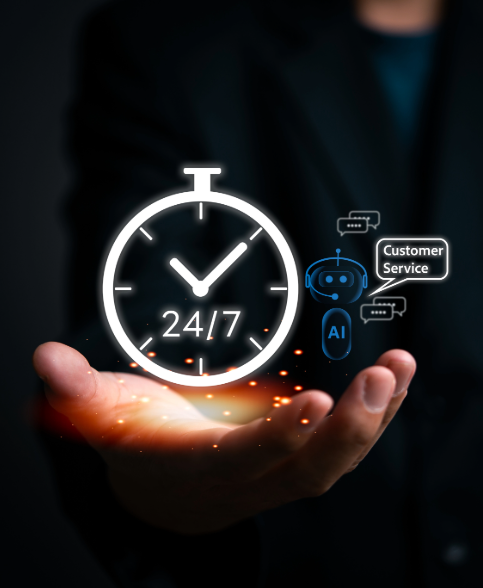Crowdsourcing Justice: AI and Community Reporting
In the fight for social justice, community reporting has emerged as a vital tool for amplifying marginalized voices and documenting human rights violations. By harnessing the collective experiences and insights of individuals, community reporting can uncover injustices that may otherwise go unnoticed. However, the influx of information from crowdsourced reporting presents challenges, including information overload, misinformation, and verification difficulties. Artificial Intelligence (AI) has the potential to enhance community reporting by filtering and verifying crowdsourced information, empowering activists in their quest for accountability and justice. This article explores how AI can support this crucial aspect of social advocacy.
1. Filtering Information
The volume of data generated through community reporting can be overwhelming, making it difficult for activists to sift through and identify relevant incidents of injustice. AI can help by employing natural language processing (NLP) algorithms to analyze and filter incoming reports, categorizing them based on predefined criteria such as urgency, geographical location, or severity.
For example, AI systems can automatically prioritize reports that contain specific keywords associated with human rights violations, such as “assault,” “detention,” or “discrimination.” By efficiently filtering through the noise, activists can focus their efforts on investigating and addressing the most pressing issues, ensuring a more strategic approach to advocacy.
2. Verification of Claims
One of the critical challenges in community reporting is the need to verify the accuracy of claims made by contributors. Misinformation or false reports can dilute the credibility of advocacy efforts and undermine community trust. AI can enhance the verification process by cross-referencing reports with existing databases, social media posts, and news articles.
AI algorithms can analyze the context and consistency of reports, comparing them with similar incidents documented in historical datasets. By identifying patterns and discrepancies, AI can help activists determine the likelihood that a given report is accurate. For example, AI systems trained on past verified incidents could flag potential fabrications or exaggerations, prompting further investigation before an incident is publicized.
3. Sentiment Analysis for Context
AI can conduct sentiment analysis of community-reported data to gauge public opinion regarding specific incidents or broader societal issues. By analyzing the language used in reports and social media discussions, AI algorithms can identify prevailing sentiments, such as anger, fear, or support.
These insights can inform activists about the emotional climate surrounding specific issues and help them tailor their advocacy efforts accordingly. Understanding the sentiments of the community can aid in fostering solidarity and building strategic campaigns that resonate with constituents and potential supporters.
4. Mapping and Visualization
AI can facilitate data visualization techniques that present crowdsourced information in accessible formats, making it easier for activists and the public to understand the scale and nature of reported injustices. By creating interactive maps, charts, or infographics, AI tools can visually depict patterns of human rights violations, helping stakeholders identify hotspots and trends.
This capability enables community reporting to have a more significant impact by clearly illustrating the realities faced by marginalized groups. Such visualizations can serve as powerful advocacy tools, compelling lawmakers, and the public to take action on pressing social issues.
5. Engaging and Mobilizing Communities
By streamlining the reporting process, AI can enhance community engagement and mobilization efforts. AI-powered platforms can provide users with intuitive reporting tools that guide them through the process of documenting incidents, ensuring that crucial details are captured accurately.
Additionally, AI can analyze geographic and demographic data to identify communities particularly affected by injustice, enabling activists to tailor their outreach efforts and mobilize support effectively. Targeted campaigns can amplify the voices of those most impacted, fostering solidarity and encouraging collective action.
6. Legal and Ethical Considerations
While AI offers significant advantages in enhancing community reporting, it is essential to address the ethical implications associated with its use. Ensuring data privacy, maintaining transparency in algorithms, and protecting the anonymity of individuals reporting incidents are crucial considerations. Activists must advocate for ethical AI practices that prioritize the well-being and rights of contributors.
Conclusion
AI has the potential to transform community reporting into a more effective tool for delivering justice and accountability. By filtering and verifying crowdsourced information, aiding in sentiment analysis, and enhancing data visualization, AI empowers activists to navigate the complexities of advocacy with greater efficiency. As the challenges faced by marginalized communities continue to evolve, harnessing the capabilities of AI will be vital in amplifying their voices, promoting transparency, and pushing for systemic change. By fostering responsible AI implementation, activists can leverage this technology to create a more just and equitable society for all.



